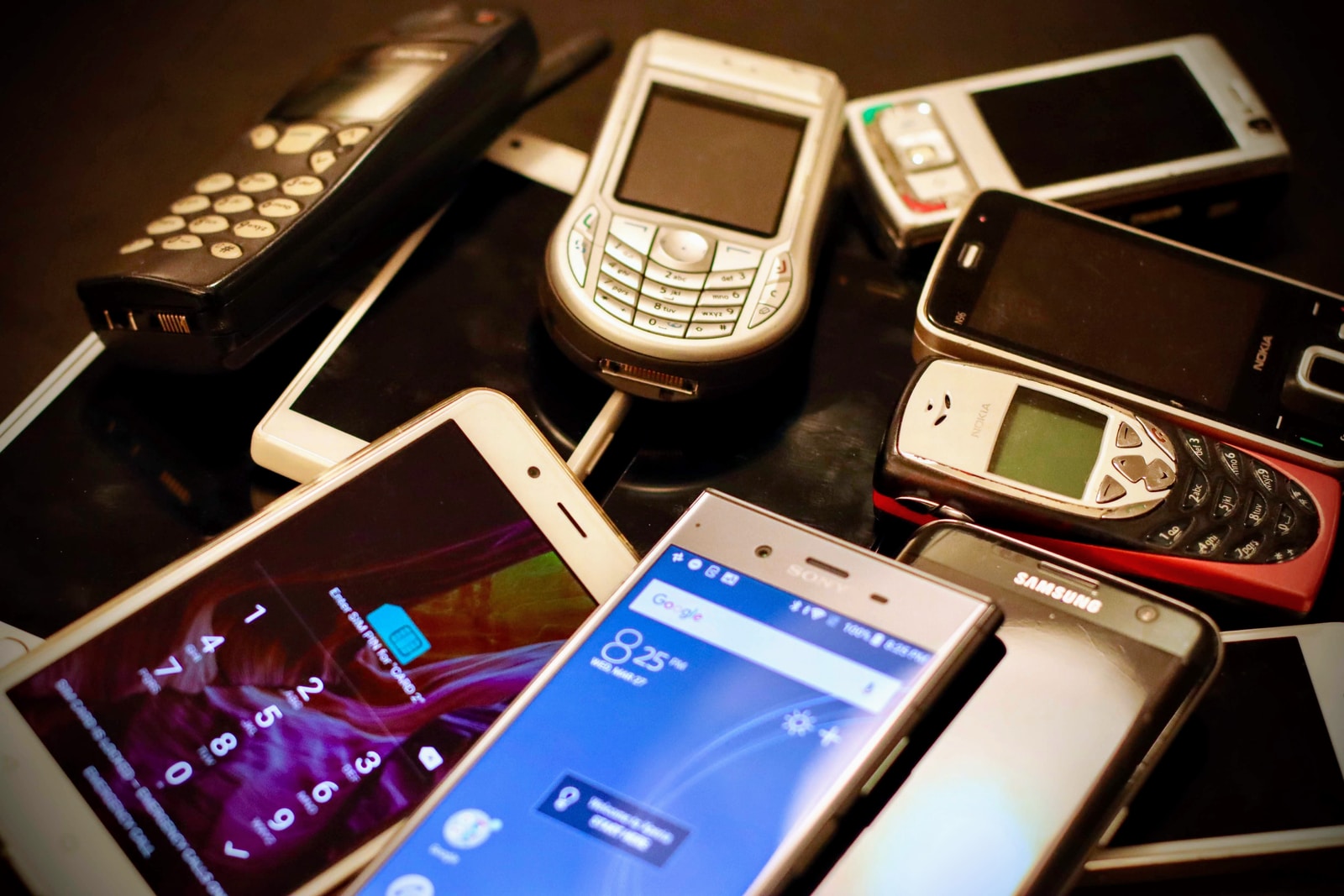In our current state of digital connection and constant online access there is always a temptation, a distraction away from the core values we once driven by. How many hundreds of times have you sat at your laptop or device with the intention of taking 10 minutes to connect and catch up before getting on with the core task that you wanted to focus on and to achieve for the day, only to find yourself two hours later, adrift in the weird world of social media and without the energy or perhaps even the memory for that quickly forgotten priority? Apparently, we can check our mobile phone as much as 150 times in a day! Yesterday I read an article which claimed we spend 2 hours and 40 minutes scrolling through social media in a day! That's just an average.
Everyone wants your attention, from Facebook, to Instagram, to LinkedIn, Spotify, and Snapchat. You receive updates from coupon companies, cinema promotions, local events, requests for a Like from a business, an invite from a friend who is starting a side hustle. Someone likes a Tweet you made, so you look at their profile and their feed for anything of interest. The technology behind the cell phone in your hand is far greater than a corporate super computer from twenty years ago. Each time you check a feed or a status update your brain gets a dopamine kick that serves your need for more points of data consumption. Friends of friends or even perhaps your own friends are - according to social profiles - leading lives of incredible ostentation, shopping, overseas travel and perfect family lives. Or so it seems when you click and watch, click and gawp, click and waste your time.
You have the ability to use online access thoughtfully and consciously, so why don't you. If you work eight or nine hours a day and come home to look at your screen while eating instead of connecting with family, if you lose hours every evening in wandering from one digital feed to another, then you can lose dozens of hours in a week. That same time, when used with deliberation and intent, can deliver to you additional free time for family, for love, for the accomplishment of your goals and for the investment of your energies into activities and hobbies that you love.
Spending time in these chosen blocks of time is what makes you who you are at your best, allows people to enjoy your company, and gives you that connection to the values you hold so important and which - if I were to ask you about them - you could reel off easily. What matters is not being able to talk about them, but having the ability, capacity and available time to spend your energies in such actions.
Rather than engage constantly with your screen take time to consciously look at the world we inhabit, to have eye contact with people as you walk on a street and travel on a bus or a tube. To look up at the signs and art and window displays and at the great kindness and beauty around us. To connect with people rather than pass them by without even realising they were in the same space as you.
You can create some simple rules for yourself, or guidelines if you want to be less dramatic or at risk of your own control.
Here are some practical steps to reduce time lost forever to the state I refer as 'device addiction'.
1. Switch your phone off for certain times during the day
2. Don't have it in your bedroom at night.
3. Have regular times when you are not accessible by phone.
4. When you are in one call do not put the first person on hold to take the second call.
5. Use voicemail as an aid to help you reduce stress, only pick up messages on a regular basis, perhaps twice a day or four times a day and not just because your phone beeps to tell you there is a message.
6. Have separate email accounts for different roles of your life so you only check the one that is relevant at a given moment.
7. Check your personal email just once a day. It really can wait.
8. Check your work email at certain times throughout the day, perhaps twice in the morning and again twice in the afternoon.
9. Use a footnote in your outbound emails that suggests the timescale within which you will review and respond.
10. Set up an auto responder to incoming email that clearly states your availability or lack of availability to respond.

